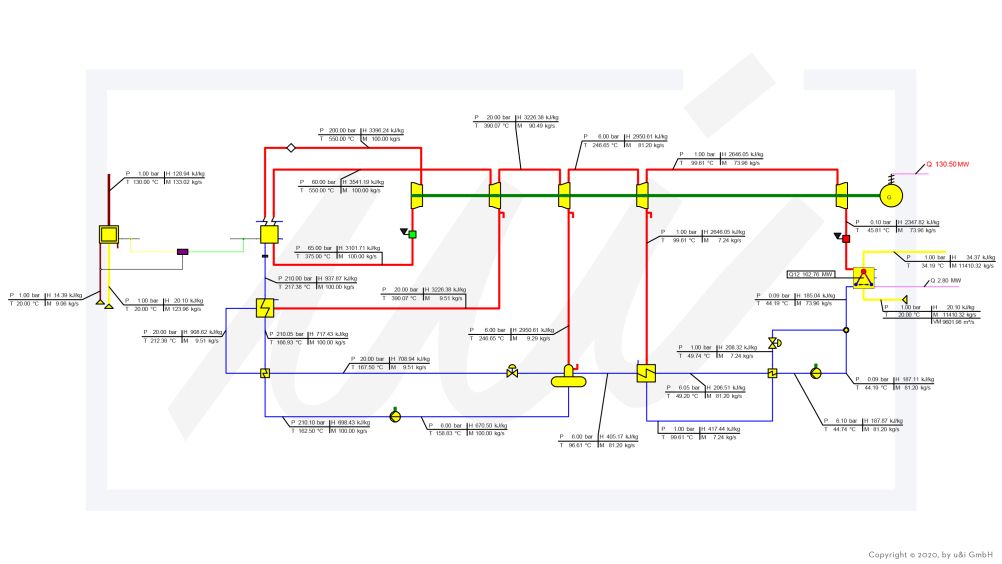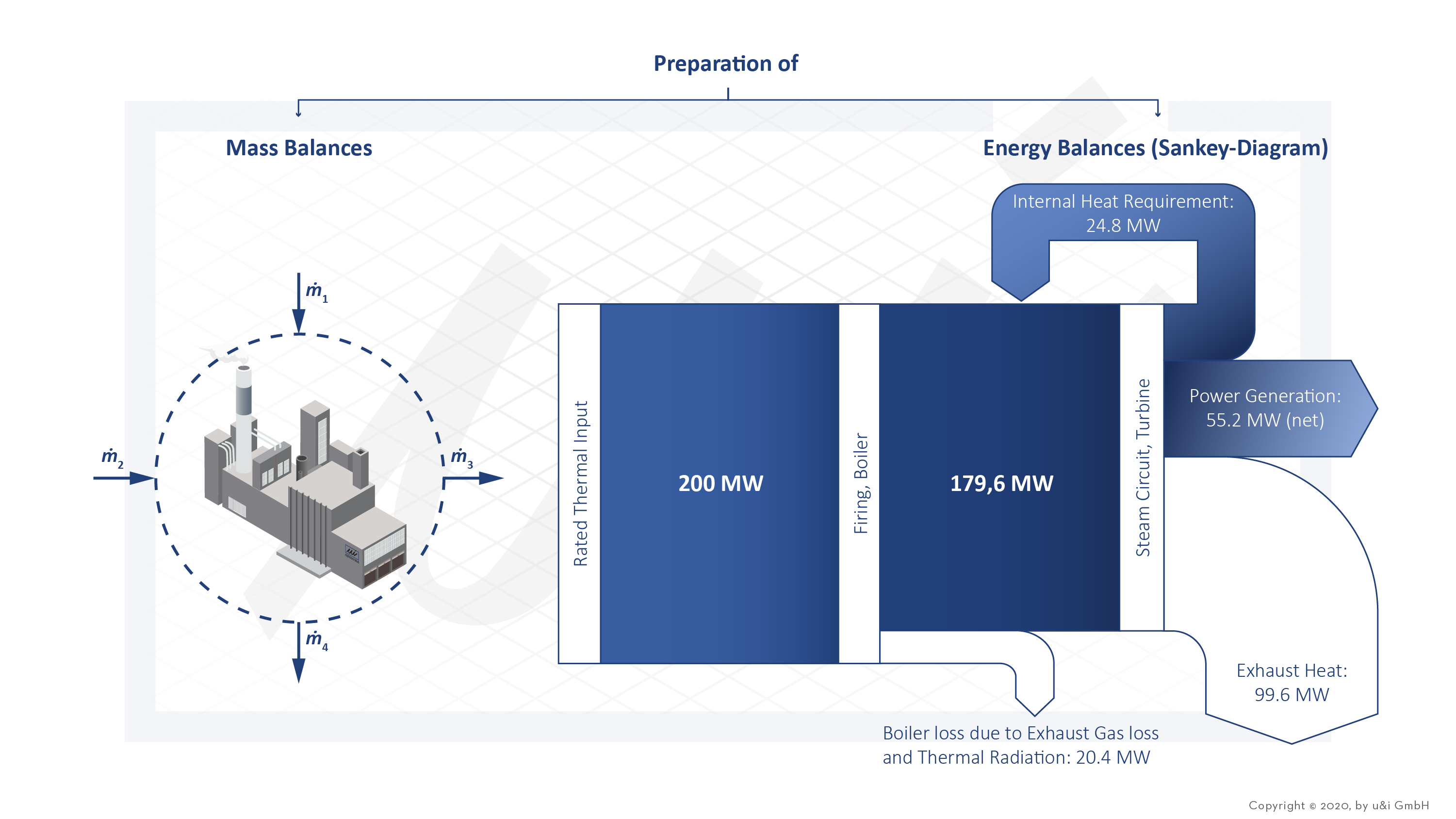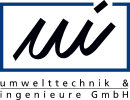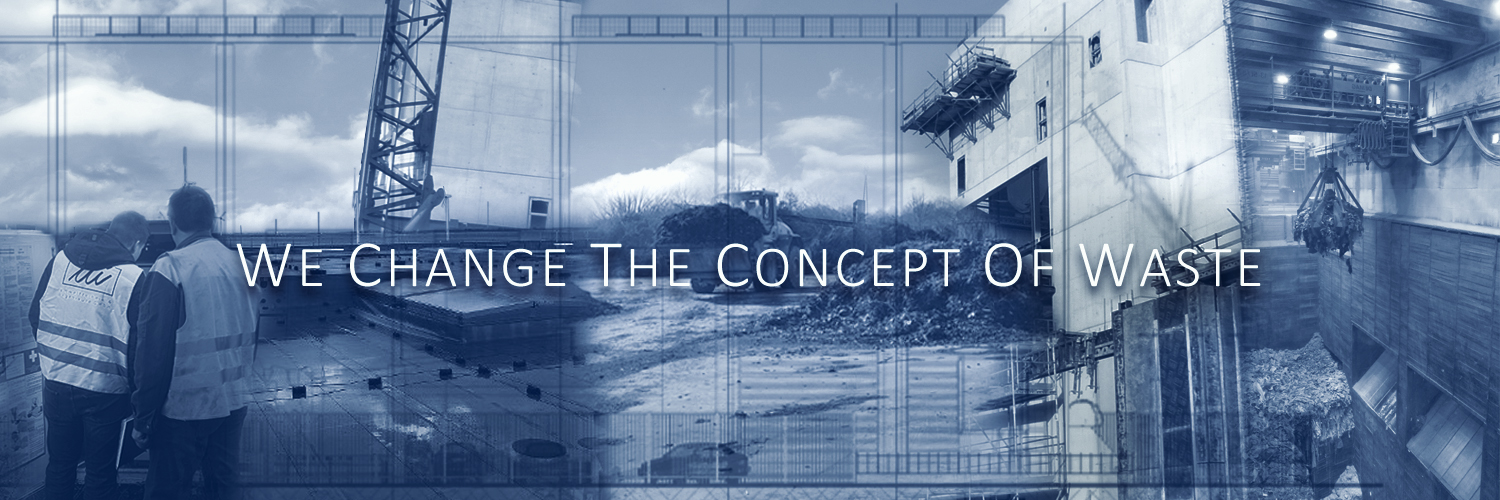Process Engineering
For industrial plants as well as plants for waste treatment, the process engineering usually represents the heart of the plant. Depending on the purpose of the planned plant, our civil engineers design a building envelope and show the connection to the periphery. However, the functionality of the technology is decisive.
According to the customer's requirements, we create tailor-made process engineering concepts. In doing so, we rely on proven technologies from the fields of mechanical, chemical, and thermal process engineering.
In this context, we offer the described service phases for all process engineering areas.
In the field of process engineering, our competencies in the following areas are particularly noteworthy:
Cycle Calculations
For engineering, design and optimization of power plants we use different cycle calculation tools. The best known software is EBSILON®Professional.
In this way we can follow individual customer requirements from the feasibility study to the detailed dimensioning of a plant. Due to the high flexibility it is possible to simulate and energetically optimize almost every thermodynamic cycle process.

Mass and Energy Balances
The focus of process engineering design is the preparation of mass and energy balances. In a first step, the system boundaries are defined, and in further steps the incoming and outgoing mass and energy flows are balanced using balance equations.Combustion calculations are used to determine the expected flue gas parameters of the plant, which are of essential importance especially for the approval planning.
We would be happy to prepare the mass and energy balances for your project. One way to present the results is in the form of Sankey diagrams, regardless of the type of plant.
Get in contact with us!
 <
<
Creation of CO₂ Balance Sheets
The following case study compares the CO2 emissions that are produced or saved by uncontrolled landfilling, composting, incineration and anaerobic digestion. We would be pleased to prepare a similar comparison for your project or determine the specific CO2 emissions of your project.

Inventory using 3D Laser Scanning
The difficulty with new planning in existing plants is often due to the fact that the structures of a plant are insufficiently documented. This can be due to incomplete as-built documentation, outdated documentation or the lack of three-dimensional data on the plant. In this case, planning and construction in the existing plant usually involves considerable additional work and planning uncertainties.
At this point, 3D laser scanning of the plant can provide security in the planning documents. In this way, existing plants can be recorded three-dimensionally within a very short time.
After processing the 3D scan, the recorded data can be processed with CAD planning tools. The resulting planning reliability makes it possible to place equipment, pipelines, steel structures, etc. in the 3D model, taking into account the space available and interfering edges in existing plants.
Due to the visualization of the new construction project in the existing plant, the plant operator is able to get a full impression of the new plant before the realization and to actively participate in the planning.
Major advantages of 3D laser scanning are
- low expenditure of time
- no disturbance of operational processes by the scan
- areas that are difficult to access or safety-protected can also be recorded
We would be pleased to carry out the stocktaking for you and support you in the upcoming planning.

3D Model and Plant Tours using VR Glasses
In the further planning stage, the 3D model will be prepared based on the 3D visualizations so that it is compatible with the use of virtual reality (VR) glasses. This allows users who are wearing the glasses to move freely in the planned installation and to identify room layouts and constraint points in the model more easily.
This additional planning instrument is suitable for internal purposes of the AG - if desired - but also for public relations work, e.g. in the context of approval planning.

We would be pleased to support you in your engineering project. Please feel free to contact us.



